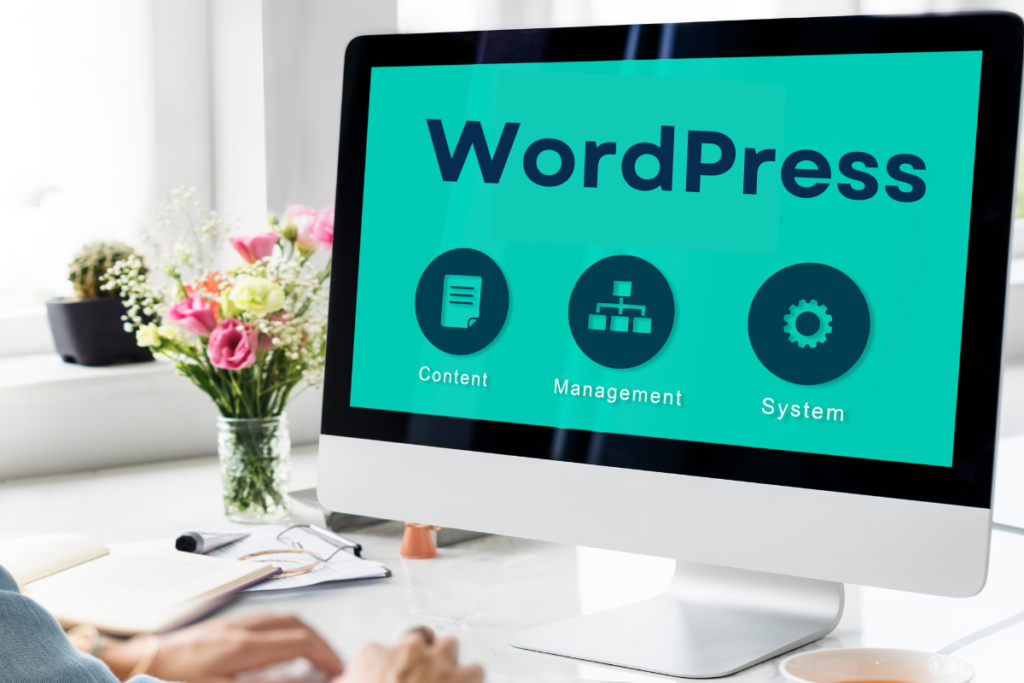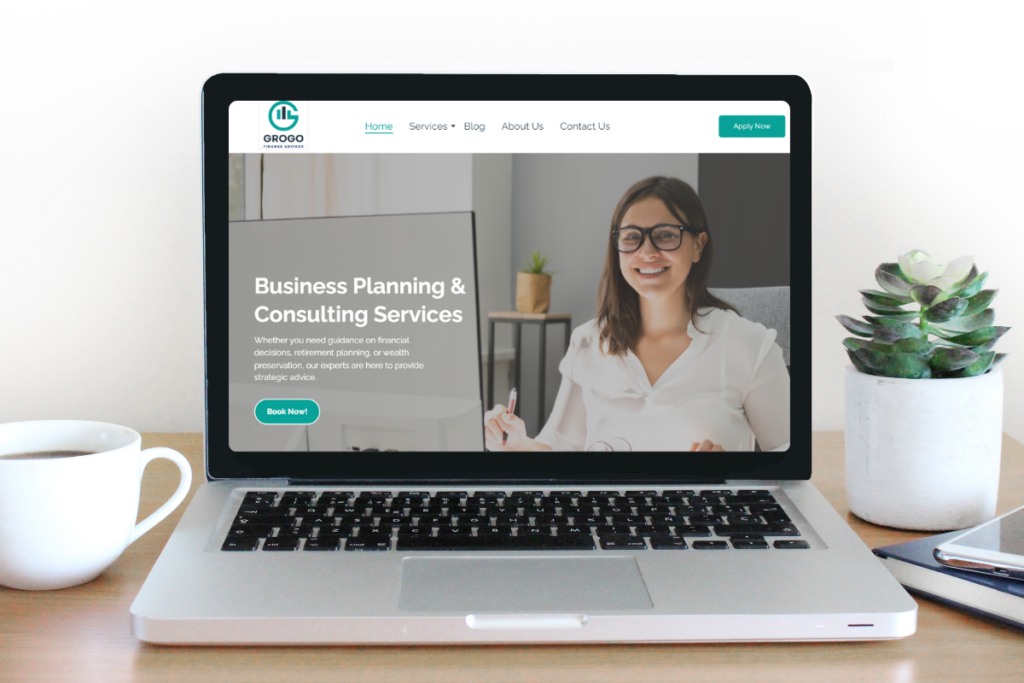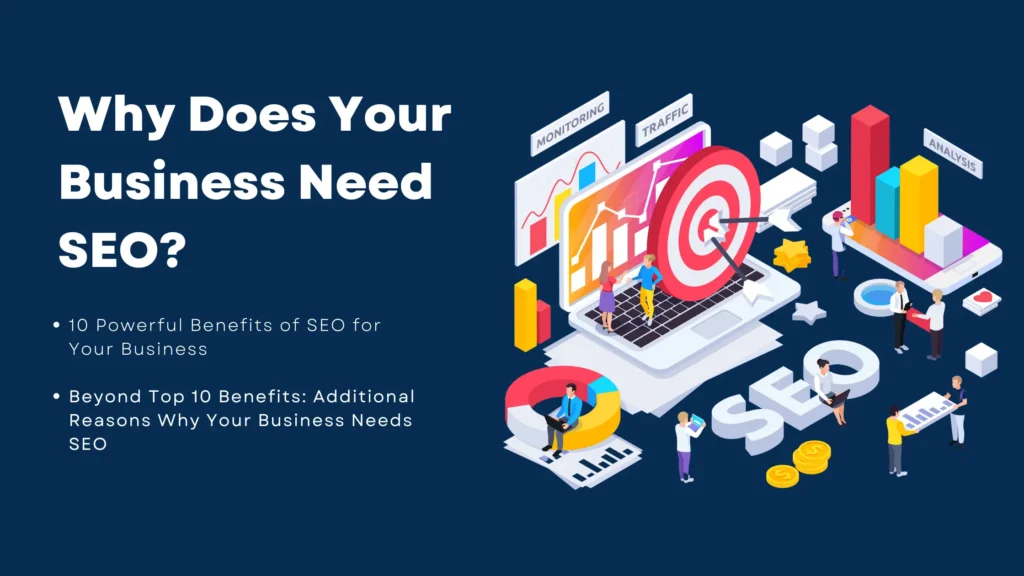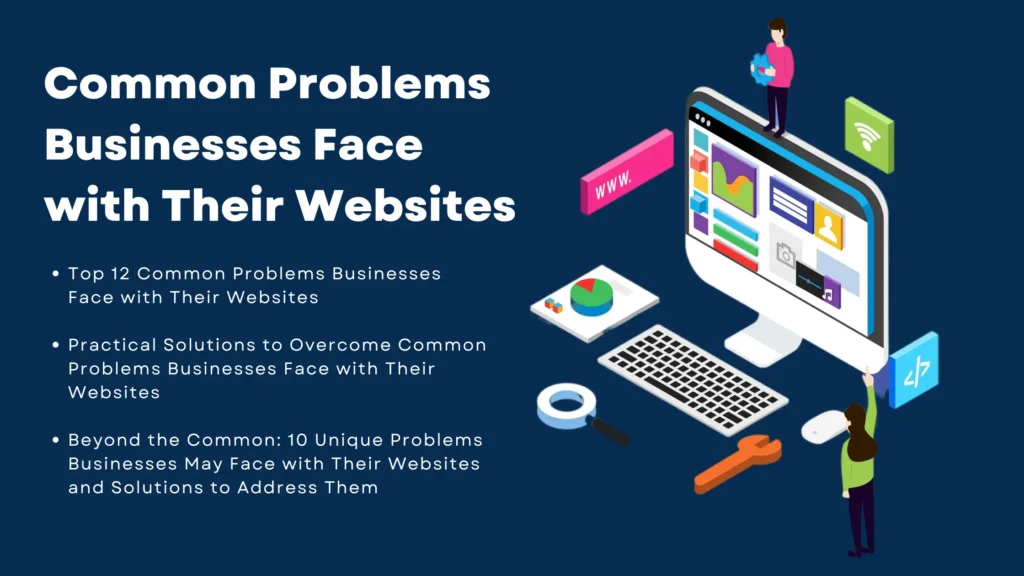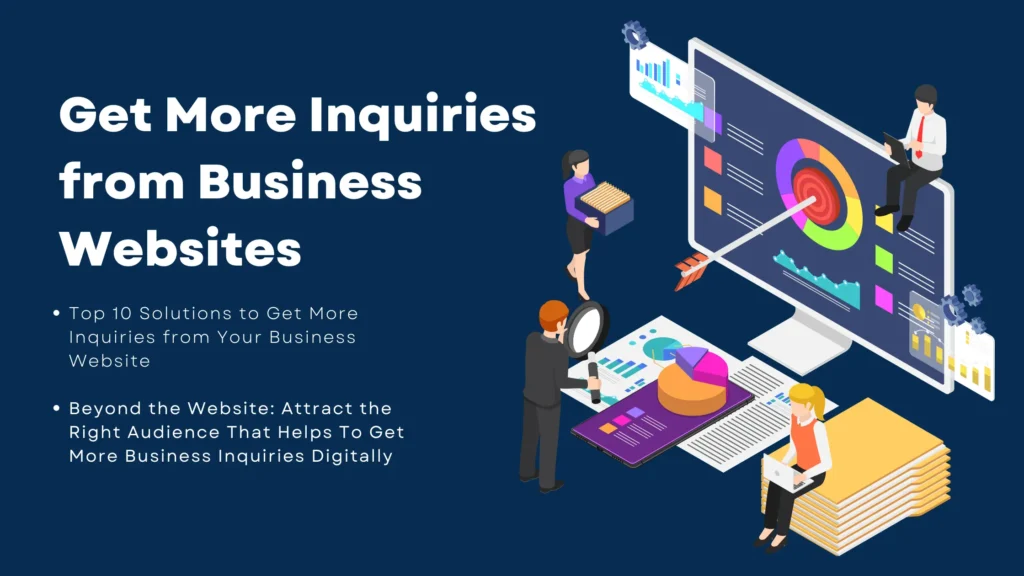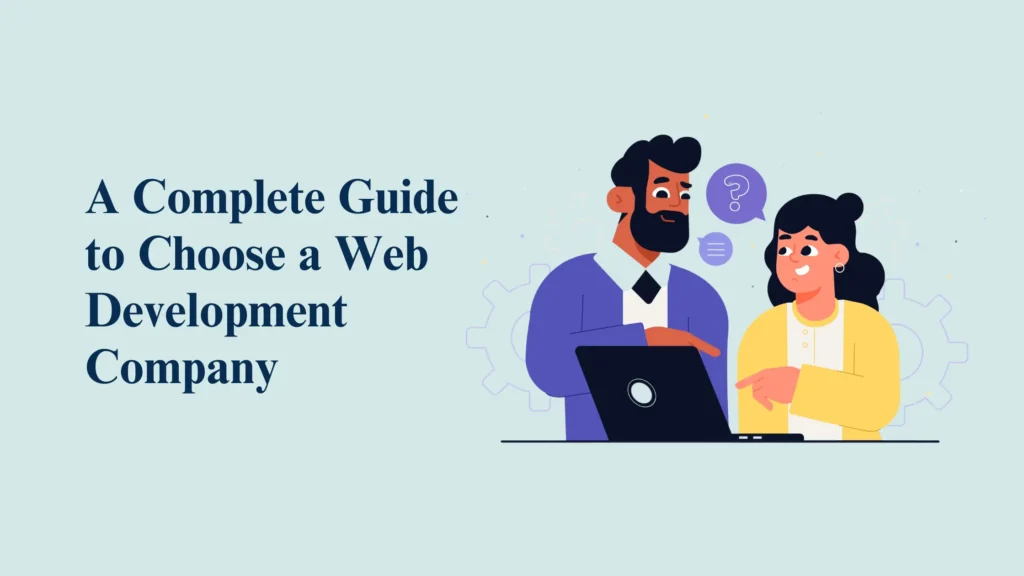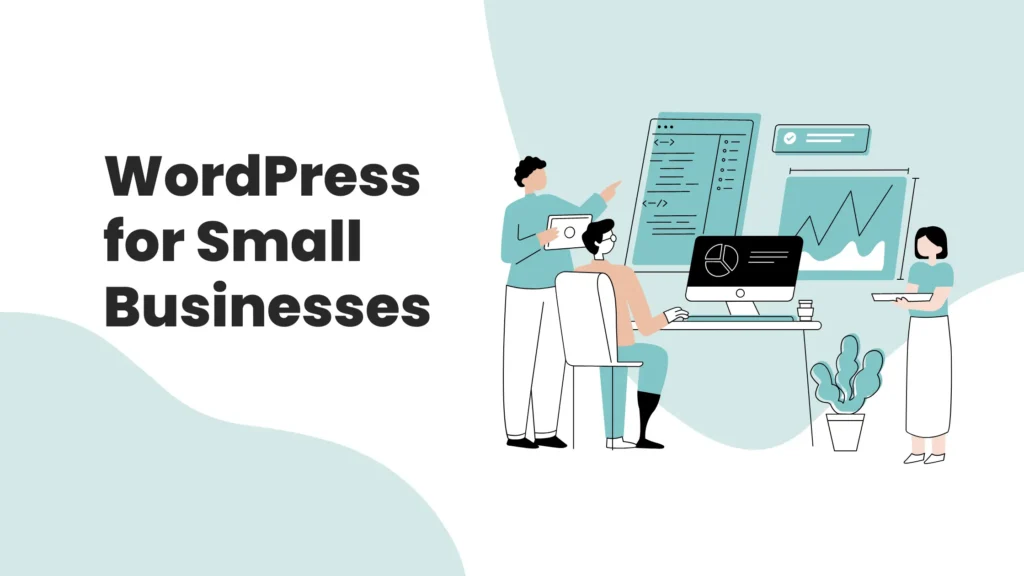Essential Digital Marketing Strategies for Small Businesses
The digital world is growing faster than ever, and every business is making an effort to create a strong digital presence to stay at the top of the mind, but this is not just the scenario of the big brands. Traditional businesses are shifting towards the digital landscape. For Small Businesses, setting up their digital presence brings new opportunities and challenges at the same time. It becomes essential to define their digital marketing strategies and to timely update them to reach potential customers. Here’s a guide to the most effective digital marketing strategies for small businesses in 2025. Effective Digital Marketing Strategies 1. Social Commerce Social commerce has become a game-changer for small businesses, enabling them to reach vast audiences organically by integrating e-commerce features directly into social media platforms. Key Features of Social Commerce Platforms Shoppable Posts: Tags products in photos and videos for easy purchase. In-App Checkout: Allows users to complete purchases without leaving the app. Live Shopping: Real-time selling during livestreams to boost impulse buys. Reviews & UGC (User-Generated Content): Builds trust by showcasing customer feedback and real-life product use. Stat: Social commerce is projected to reach $6.2 trillion in revenue by 2030, reflecting a compound annual growth rate of 32% from 2024 to 2030. One excellent example of a small brand using social commerce successfully is CandidArt Accessories, a small business that sells handcrafted jewelry and art pieces. They’ve leveraged platforms like Instagram and Facebook Shops to boost their sales directly through social media. 2. Short Video content: Short videos have surged in popularity among social media users across all age groups through platforms like YouTube Shorts, Instagram Reels, and Facebook short videos. This trend presents a golden opportunity for small businesses to engage audiences, and organically promote their products while boosting conversions. By integrating short videos into digital marketing strategies, small businesses can leverage this dynamic medium to drive meaningful results and foster growth. Why is short-form content important? 73% of consumers prefer short-form videos to search for products or services. Brand Called Snitch Apparel, a small but rising streetwear brand who faced the challenge of standing out in a crowded fashion market. Snitch Apparel used engaging video content on Instagram to capture the attention of their target audience (primarily Gen Z and millennials). 3. Invest in Local SEO If your business serves a local audience, optimizing for local search results is important. Local SEO ensures that your business shows up when someone nearby searches for your products or services. Action Points: Claim your Google Business Profile and keep it updated. Encourage customers to leave positive reviews. Use location-specific keywords in your content. Stat: 46% of all Google searches are looking for local information. Quote: “Google only loves you when everyone else loves you first.” – Wendy Piersall Chai Point effectively utilizes local SEO to enhance its online visibility and drive foot traffic to its stores. By optimizing its Google My Business profiles, targeting location-specific keywords, encouraging reviews, ensuring mobile optimization, and creating local content, the brand increases its presence in local search results. These strategies help build trust with customers and foster stronger community connections, contributing to both online and offline business success. 4. Focus on Mobile Optimization With the majority of users accessing websites on their smartphones, having a mobile-friendly website is essential. Key Aspects: Ensure your website loads quickly (ideally within 3 seconds). Use responsive design so that it’s easy to navigate on smaller screens. Optimize images and videos for mobile viewing. Stat: Over 60% of all web traffic in 2025 will come from mobile devices. Zomato is a prime example of an Indian brand that prioritizes mobile optimization. Their strategy includes a user-friendly mobile app, push notifications and alerts, accelerated mobile pages (AMP), simplified payment integration, and localized content for mobile users. This mobile-first approach has played a key role in Zomato’s growth, with the majority of its traffic and orders now coming through mobile devices. 5. Leveraging Data to Drive Smarter Decisions Data-driven decisions are essential for success. Regularly review your marketing performance and tweak strategies as needed. Tools to Use: Google Analytics for website performance. Social media insights for engagement tracking. Customer feedback to identify areas for improvement. Stat: 76% of marketers say data-driven decisions lead to greater success. Myntra, one of India’s leading online fashion retailers, has effectively leveraged data analytics to enhance its operations and customer experience. By analyzing customer behavior, preferences, and purchasing patterns, Myntra tailors its product recommendations, optimizes inventory management, and personalizes marketing strategies. This data-driven approach has enabled Myntra to stay ahead in the competitive online fashion market. 6. Content Marketing Is King Content marketing continues to be a powerful tool to educate and engage your audience. Blogging, video creation, and infographics can showcase your expertise and attract potential customers. Tips: Write about topics that solve common customer problems. Adapt and share content across multiple platforms. (e.g., turn a blog post into a video). Include clear calls-to-action (CTAs) to guide readers. Stat: Businesses with blogs generate 126% more leads than those without. Quote: “Content is the atomic particle of all digital marketing.” – Rebecca Lieb Example of How Content Creation has helped Brand Chobani Chobani, the popular yogurt company, Uses Content marketing in the form of Blogs & Recipes, Social media marketing & User generated content, Influencer collaborations, Video content. They have successfully positioned themselves as a brand that cares about health, sustainability, and community—allowing them to compete with larger, well-established yogurt brands despite being a smaller company in the market. 7. Use Email Marketing Effectively Email marketing remains one of the most cost-effective strategies for small businesses. It’s a direct way to communicate with your audience and build long-term relationships. Action Points: Personalize your emails to make them more engaging. Offer value—such as discounts, tips, or free resources. Segment your email list to target different customer groups. Stat: Email marketing delivers an average ROI of $36 for every $1 spent. Nykaa, a prominent beauty and wellness e-commerce platform, effectively uses email
Essential Digital Marketing Strategies for Small Businesses Read More »
Blog

